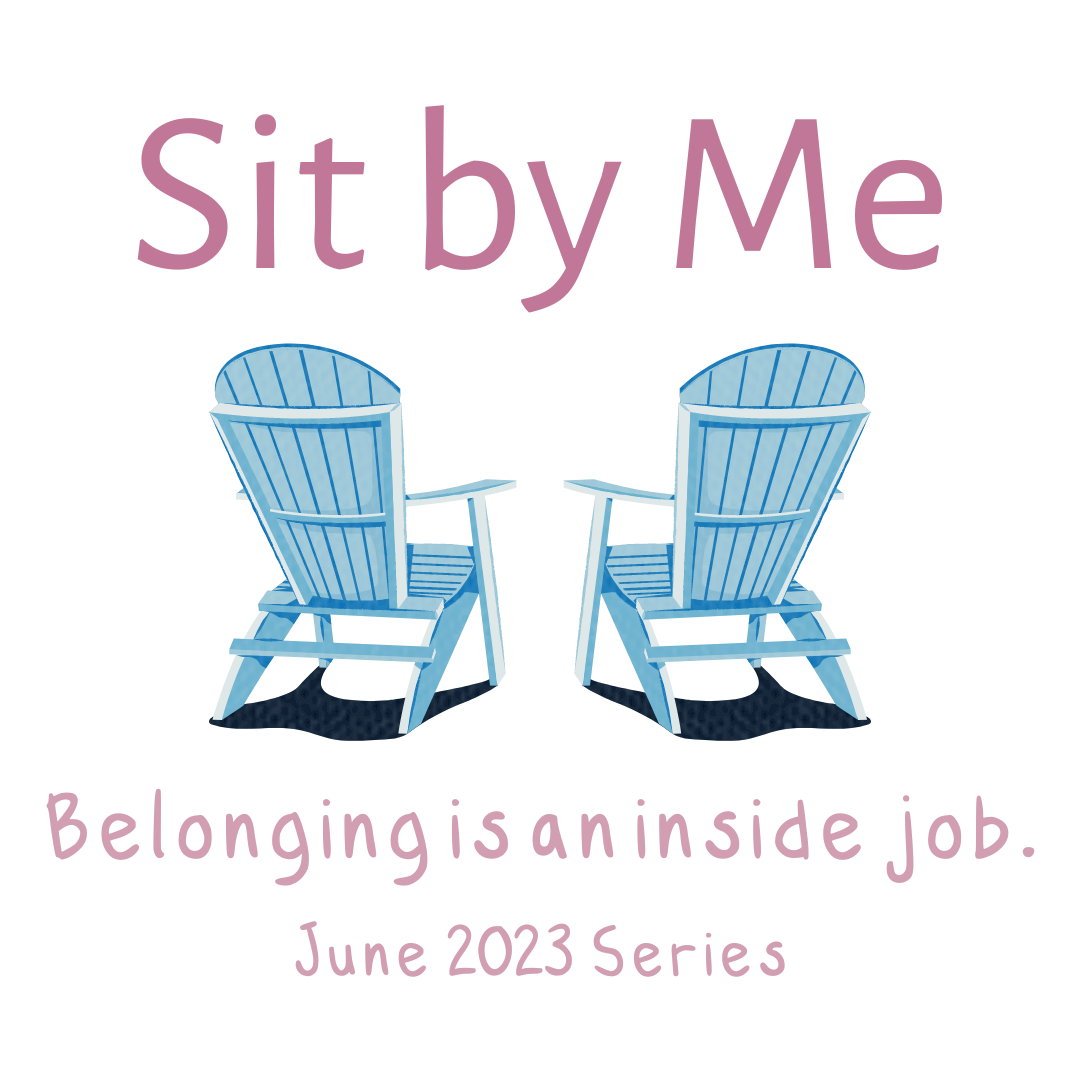About this time last year, Carri and I started saying a new mantra to ourselves: leave the house.
It was kind of a joke, kind of not – because we recognized that we had fallen into some new habits during the pandemic that made it more likely that we would barely leave our home most days. Some days, we realized we’d barely left our living room.
Especially since, at the time, she and I were primarily working at home, there just wasn’t a requirement to leave in the ways there were pre-pandemic, and even though we weren’t feeling COVID-cautious about being out in the world, it felt like there was just some sort of gravitational force field keeping us from leaving.
And yet, at the same time, we also recognized an increasing sense of loneliness and desire for more personal connections and social time with people other than each other. We complained about not having people to hang out with, and we even joined a couple of meet-up lists that seemed to align with our interests….yet nothing changed. And the main reason for this, we had to acknowledge, is that we didn’t really leave our house.
This is all a true story I am confessing here, and also I think it’s a good metaphor for the challenges of belonging. Humans are wired for social connection. We need it like we need food, air, and shelter. And yet, there is something about life today that has us caught more often than not in cycles of isolation, disconnection, and loneliness. We all struggle to leave our (metaphorical and sometimes literal) house. We struggle with the awkwardness and vulnerability required to create real and lasting relationships. We struggle to prioritize the relationships we already have. And sometimes, we struggle to know just how real belonging could and should happen in today’s theoretically hyper-connected world.
This was all true before the pandemic. Studies showing increasing isolation and social disconnection started popping up in the 1990s, as exemplified by the scholarship of Robert Putnam’s Bowling Alone. These trends increased over the early 2000s. Social media has given us the illusion (and serotonin boost) of belonging while rarely delivering on humans’ deeper needs for intimacy, meaning, and purpose – all components of true belonging. The pandemic (as with many other things) accelerated and complicated what was already true. As Surgeon General Vivek Murthy puts it in his 2023 report, our country is now experiencing an “epidemic of loneliness and isolation.”
For all the many ways our church is called to respond to life today, the challenge of belonging and community feels the most central to me. Because belonging is something that people come to Foothills seeking most of all. It is one of the most urgent questions on their hearts (whether they could or would articulate it that way or not), and that is true whether it is their first time showing up on a Sunday or they’ve been coming for decades. The longing for true belonging is life-long. It evolves but doesn’t go away.
For all these reasons, we are excited to spend the month of June exploring a series on belonging. A series we call Sit By Me. Because ultimately, studies show that the best way to experience belonging is to invite someone else into it with you. To recognize that belonging starts within ourselves. To discern the underlying beliefs that get in the way of belonging and to shift those. To practice belonging like a leap of faith. A leap we can all take together.
This Sunday, I invite you all to leave the house (virtually or IRL) to help us launch our series with the 100th anniversary of the Unitarian Flower Ceremony at 9:30 AM. We’ve saved you a seat.
With love,
Rev. Gretchen
